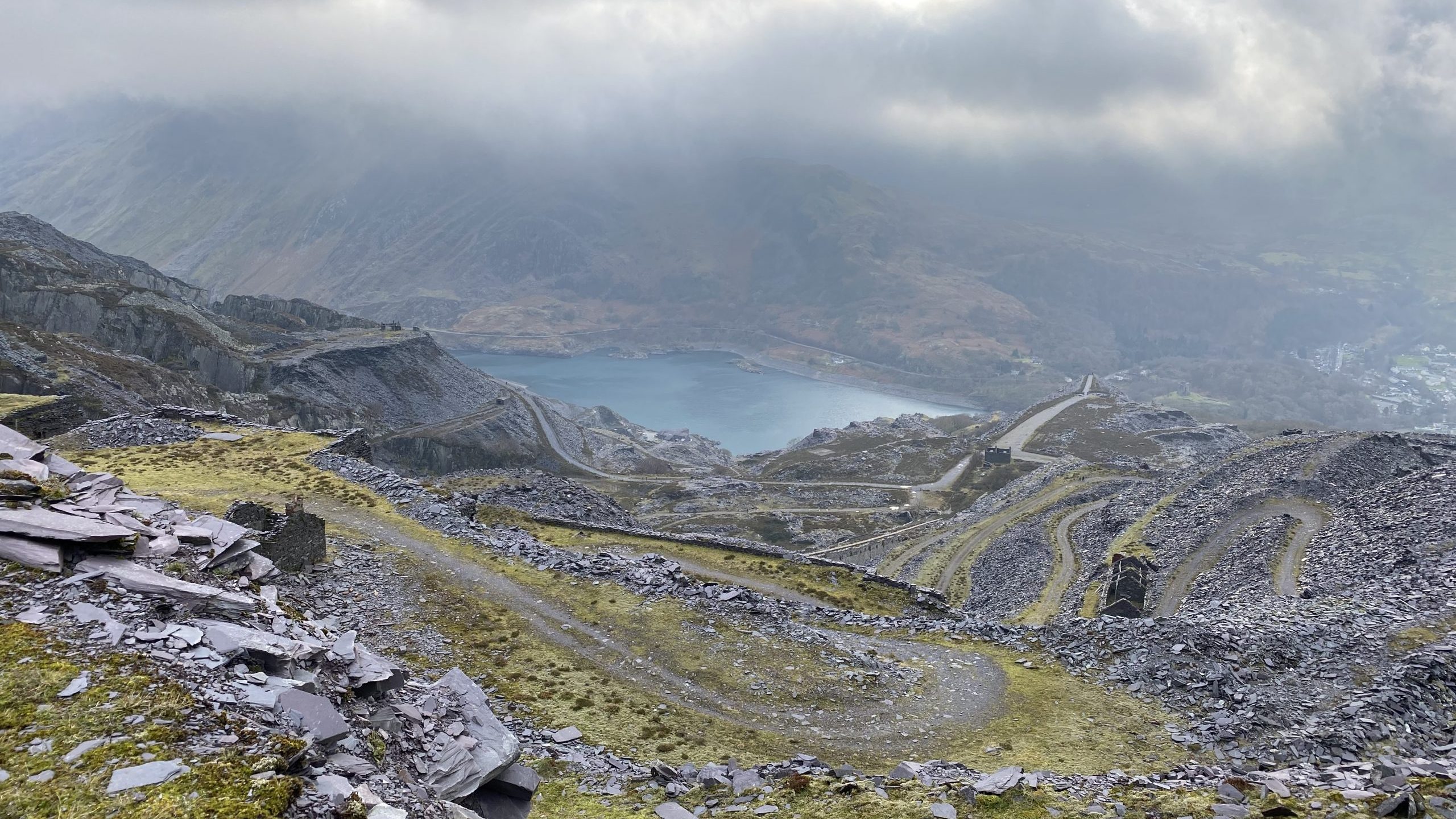‘We’re thrilled’: Wales’s slate landscape becomes World Heritage Site

The Welsh heritage sector is celebrating the news that the slate landscape of northwest Wales has been inscribed as a Unesco World Heritage Site.
The decision was made by the World Heritage Committee at its 44th session in Fuzhou, China, on 28 July. The region is the UK’s 32nd World Heritage Site and the fourth in Wales, following the Pontcysyllte Aqueduct, Blaenavon industrial landscape and the castles and town walls of King Edward in Gwynedd.
The landscape in Snowdonia National Park became the world leader for the production and export of slate during the 18th century, when the industrial revolution saw demand for slate surge.
The industry had a considerable impact on global architecture and urbanisation in Europe and North America, with Welsh slate used on buildings, terraces and palaces across the globe.
According to Unesco, the status was awarded in recognition of the region’s 1,800-year history of slate mining, its people and culture, and its role in “roofing the nineteenth-century world”.
Heritage assets on the site include several quarries, a mill, railway systems and the settlements of quarrymen and their families, as well as the harbours at Port Penrhyn and Porthmadog.
Unesco also recognised the landscape’s importance in supporting Welsh cultural identity and language. “At least 70% of the [local] population speak Welsh and continue to participate in thriving Welsh language literature, arts and crafts, and musical scene,” said Unesco. “While this inscription will protect, conserve, and enhance the landscape for future generations, it will also help strengthen the Welsh language and increase local pride and confidence in this important indigenous language.”
The bid’s success was a decade in the making, led by Gwynedd Council and its partners, the Welsh Government, Amgueddfa Cymru – National Museum Wales, the Royal Commission on the Ancient and Historical Monuments of Wales, Snowdonia National Park, National Trust Cymru and Bangor University.
In its bid, the partnership emphasised the potential of the heritage site to be a “significant driver for economic regeneration and social inclusion”.
Stakeholders have welcomed news of the designation. Wales’s first minister Mark Drakeford said: “We have a rich and diverse heritage in Wales and this is a great opportunity to celebrate and showcase our cultural heritage on an international stage and will help preserve the legacy and history in communities for generations to come. Congratulations to all those who have worked so hard on this bid.”
David Anderson, director of AC-NMW, said: “Amgueddfa Cymru – National Museum Wales is very proud to have been a key partner in this bid and is delighted at the successful designation of the slate landscape of northwest Wales as a World Heritage Site. Its success will ensure that the impact of the culture and industrial heritage of the area – including the story of the slate industry which we tell at the National Slate Museum in Llanberis – is recognised throughout the world.”
Luke Potter, director of operations in North Wales at National Trust Cymru, said: “We’re thrilled to be a part of Wales’s next World Heritage Site; the designation means so much to us at National Trust Cymru. We have important stories at Penrhyn of slate as well as sugar and slavery. Being part of the designation is an exciting opportunity for us all to work with partners to unite these two stories that have shaped the communities around us and have a far-reaching impact on communities across the world.”
The announcement is the latest in an eventful session of the World Heritage Committee, which has so far seen the city of Liverpool stripped of its world heritage status and Stonehenge warned that it could be placed on the Heritage in Danger list.
